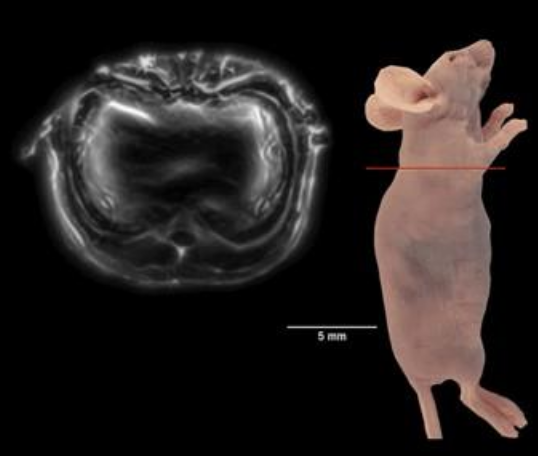Photoacoustic functional image technology and application
Photoacoustic functional imaging technology is an imaging technology that uses the principle of biological tissue absorbing light energy and generating ultrasonic waves to obtain the optical absorption information and functional information of tissues. Photoacoustic functional imaging technology has high resolution, high contrast, high penetration depth, multimodal and multifunctional characteristics, and can combine endogenous or exogenous photoacoustic contrast agents to realize the visualization and quantification of the structure and function of biomolecules, cells, tissues and organs. A specific application case is the live imaging of the mouse heart and kidney using photoacoustic functional imaging technology. The technology using high-resolution 3 d photoacoustic scanner based on all-light ultrasonic sensor, obtained the image of the heart and kidney and around the anatomy, and using hemoglobin before and after the change of oxygen absorption spectrum, realize the total hemoglobin and oxygen saturation measurement, for the study of cardiovascular related diseases and tissue oxygen metabolism provides a valuable tool.

Reference Documentation:
[1]Wang L V, Hu S. Photoacoustic tomography: in vivo imaging from organelles to organs[J]. Science, 2012, 335(6075): 1458-1462. https://science.sciencemag.org/content/335/6075/1458
[2] Zhang C, Liu J, Li B. Biophotonic probes for bio-detection and imaging[J]. Light: Science & Applications, 2021, 10(1): 1-19. https://www.nature.com/articles/s41377-021-00564-8
[3]Ogunlade O, Zhang E Z, Cox B T, et al. Three-dimensional photoacoustic imaging of the mouse heart using a high-frequency piezoelectric transducer array[J]. Journal of Biomedical Optics, 2019, 24(4): 046001.
18915694570
Previous: Intracellular in situ
Next: BK Oncolytic virus pla


